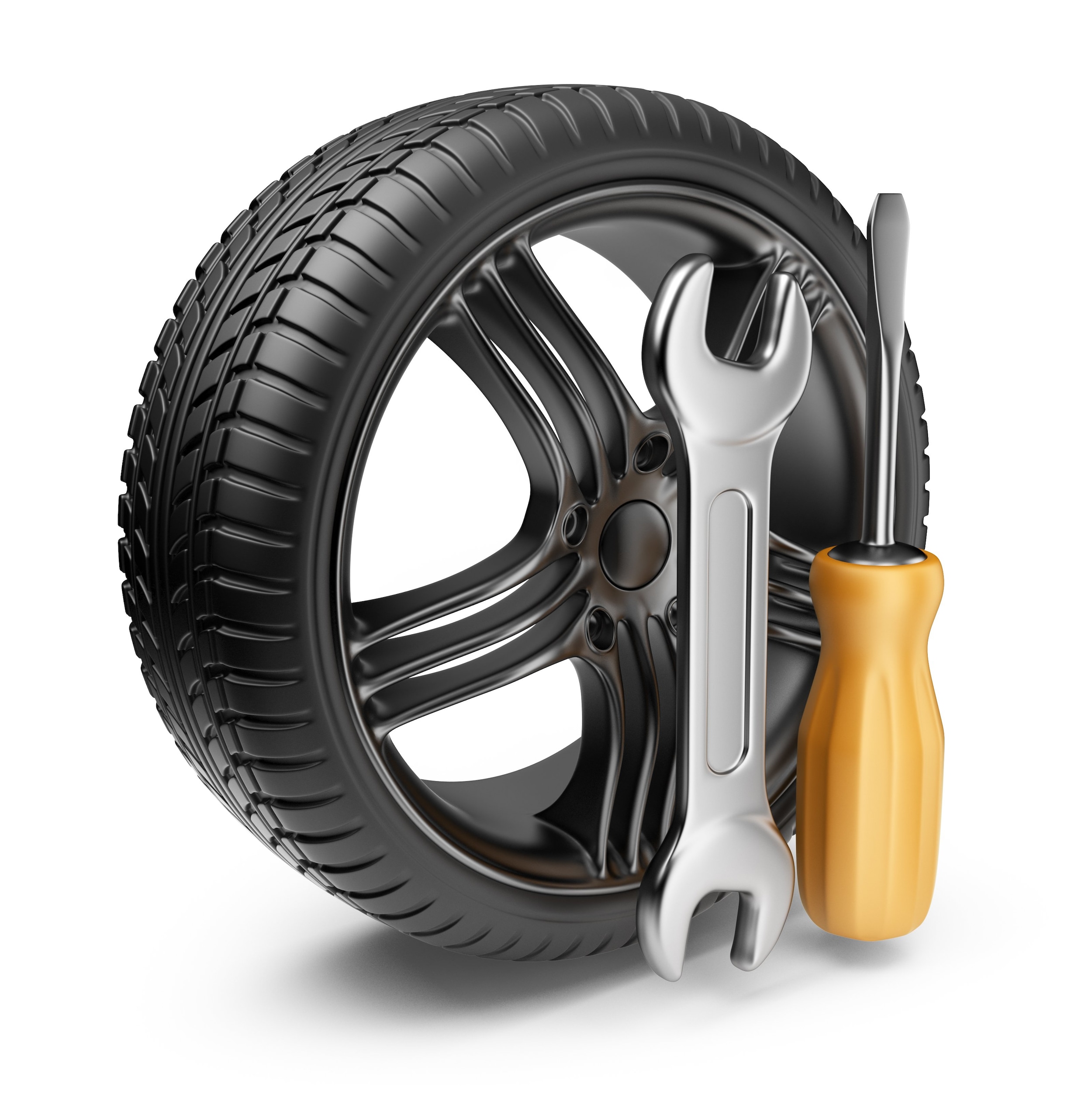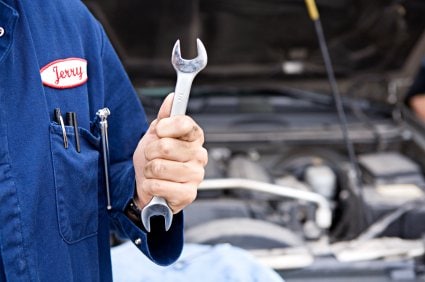The roadways can be a dangerous place, especially if your tires are in an unsafe condition. Bad tires can be caused by the mileage accrued over time, weather conditions, terrain conditions, style of driving and maintenance provided by the vehicle owner. Every mile driven contributes to the dramatic changes your tires undergo over time. This is why it's important to have your tires rotated according to the best practices that have evolved out of the science of tires. One way to increase the life of your tires, and keep them safe, is by performing a routine tire rotation at your local service center like Norm Reeves Lincoln or at your home.
Tire Pressure
There are many reasons tires wear unevenly. The pressure your tires face are different on all four wheels due to the location. For example, your front tires take on a heavier load than the back tires because of the weight of the engine, the fact that they control the steering and direction of your vehicle, and when you apply the brakes, the weight of the vehicle shifts to the front. This is going to cause a great deal of wear and tear on your front tires, which is why you will want to alternate tire locations to all corners to balance out pressure and duties to ensure longevity and safety.
Average Time between Tire Rotations
It's recommended that you consult your owner's manual for suggested times to get a tire rotation. One of the unwritten rules that many go by is getting a tire rotation whenever an oil change is performed. The recommended timeframe to rotate your tires is every 3,000 to 6,000 miles, depending on driving conditions. For someone who drives in a city with many starts and stops, you'll want to have your tires rotated closer to the 3,000 mile mark. For those that face less traffic, a tire rotation every 6,000 miles is recommended.
For example, Utah University's independent research marks the area between 6,000 and 8,000 miles as the range for most rotations. They go on to claim that a second rotation should take place between 18,000 and 24,000 miles. This is because tires will naturally be different after they've seen a certain amount of miles.
The Benefits of Having Your Tires Rotated:
- Avoid wear and tear
- Better performance
- Better gas mileage
- Maximizes traction
- Smoother ride
Signs That You Need Tire Rotation: 
Uneven tire wear: You'll want to gauge the depth in the treads of each tire, in different locations of the tire. If the treads have different depths around the tire, your tires are wearing down unevenly. Also, check for "feathering," which is when one side of the tread is round and the other side is still holding an edge. Again, this is another sign of uneven wear.Tire noise and vibration: There should be no road noise when you drive. Drive your vehicle on a flat, smooth road surface and listen for loud noise.Uneven front to rear tread wear: Because front tires can wear down twice as fast as back tires, uneven front to back tread wear is a sign that it's time to rotate the front tires to the back. There are many dangers to not performing regular tire rotations. In the conditions of weather and traffic, a worn down and bald tire is going to have no traction or grip, which could send you off course or prevent you from stopping in time. Be sure to pay attention to the condition of your tires and keep up with regular maintenance for safety and longevity.
Rotating Tires by Yourself
You can save a small amount of money by rotating your tires yourself. But generally, your service center will not charge a really high amount for a standard rotation. You should not expect to pay more than $30 or so for a rotation.
Remember that this is not a guide on doing tire rotations yourself. There is particular equipment needed to perform this job and plenty of best practices to assure safety. Furthermore, remember that if you have a spare tire, it is most likely not similar to the rest of your tires. It is sometimes recommended to rotate your spare into your tire line-up to give your other tires a much-needed break. But most spare tires are meant for temporary use only.If you do plan to rotate them yourself, remember that radial tires should be rotated by keeping every tire on their respective sides, but by rotating the front with the back. On the other hand, bias ply tires are rotated across the car from left front to right rear and from left rear to right front.
In conclusion, consult your owner's manual regarding tire rotations. If you somehow cannot access that information, remember that five or six thousand miles is generally a safe interval between every time.
Need Additional Information?
If you are still unsure if your car is in need of a tire service, the service pros at Norm Reeves Lincoln are more than willing to assist you with all your tire service needs. Visit our service center at Norm Reeves Lincoln 18900 Studebaker Rd Cerritos, CA 90703 or call us at 1- 866-476-8822

